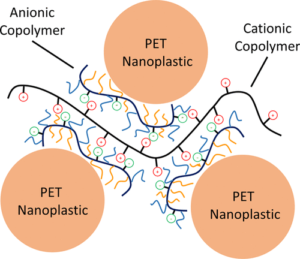Authors: Noya Ran, Gil Sorek, Noa Stein, Revital Sharon-Gojman, Moshe Herzberg, and Osnat Gillor
Journal: Environmental Research (2023)
Abstract
The main reason for the deterioration of membrane operation during water purification processes is biofouling, which has therefore been extensively studied. Biofouling was shown to reduce membrane performance reflected by permeate flux decline, reduced selectivity, membrane biodegradation, and consequently, an increase in energy consumption. Studies of biofouling focused on the identification of the assembled microbial communities, the excretion of extracellular polymeric substances (EPS), and their combined role in reduced membrane performance and lifetime. However, the link between the structure and function of biofouling communities has not been elucidated to date. Here, we provide a novel insight, suggesting that bacterial functions rather than composition control biofouling traits on reverse osmosis (RO) membranes. We studied the potential activity of RO biofilms at metatranscriptome resolution, accompanied by the morphology and function of the biofouling layer over time, including microscopy and EPS composition, adhesion, and viscoelastic properties. To that end, we cultivated natural multispecies biofilms in RO membranes under treated wastewater flow and extracted RNA to study their taxonomies and gene expression profiles. Concomitantly, the biofilm structure was visualized using both scanning electron microscopy and laser scanning confocal microscopy. We also used quartz crystal microbalance with dissipation to characterize the affinity of EPS to membrane-mimetic sensors and evaluated the viscoelasticity of the Ex-Situ EPS layer formed on the sensor. Our results showed that different active bacterial taxa across five taxonomic classes were assembled on the RO membrane, while the composition shifted between 48 and 96 h. However, regardless of the composition, the maturation of the biofilm resulted in the expression of similar gene families tightly associated with the temporal kinetics of the EPS composition, adhesion, and viscoelasticity. Our findings highlight the temporal selection of specific microbial functions rather than composition, featuring the adhesion kinetics and viscoelastic properties of the RO biofilm.
You may read the full paper here.









